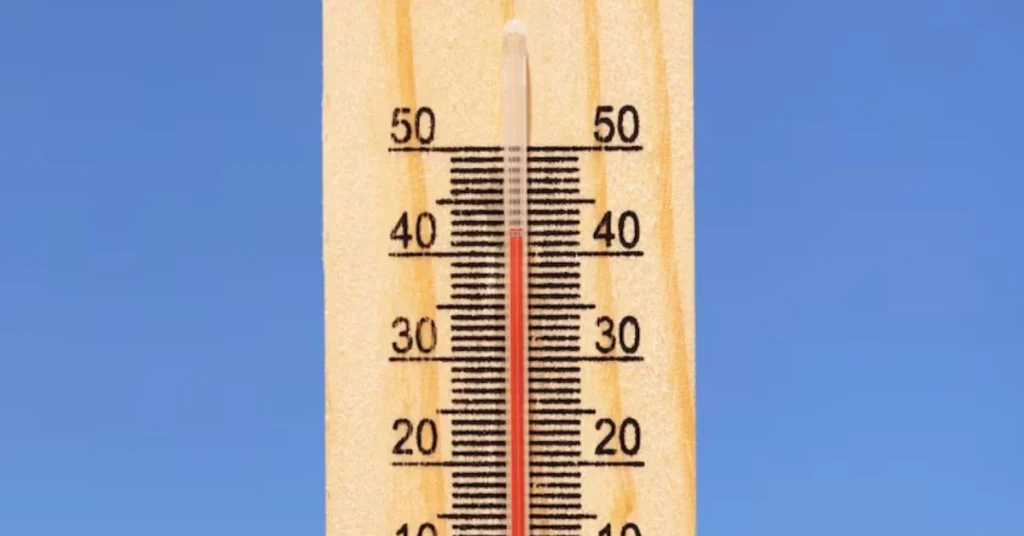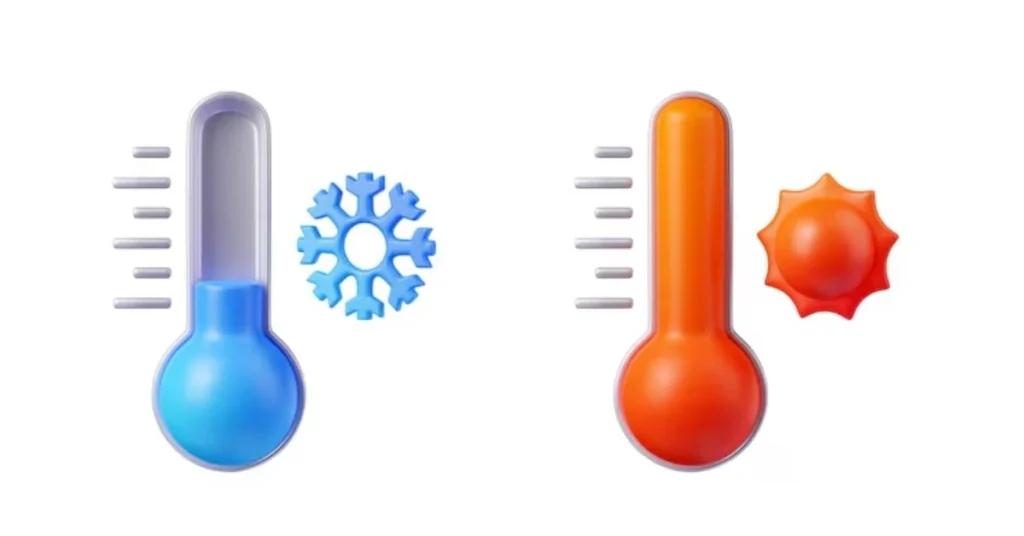What Is 36.6°C to °F in Fahrenheit?
36.6 degrees Celsius is equal to 97.88 degrees Fahrenheit.
Here’s the quick math:
(36.6 × 9/5) + 32 = 97.88°F
This number might look a bit random, but it’s far from meaningless—especially when it comes to your health.
Why 36.6°C Is Considered a “Normal” Body Temperature
The temperature 36.6°C (or 97.88°F) is widely recognized as the average normal body temperature in many countries, especially across Europe and parts of Asia.
While 98.6°F is often quoted as the “normal” in the U.S., that’s a rounded figure. In fact:
- The original “98.6°F” came from 19th-century German physician Carl Wunderlich.
- Modern studies show normal body temp ranges from 36.1°C to 37.2°C (97°F to 99°F).
- 36.6°C often represents a healthy baseline for adults at rest.
In short: If your thermometer reads 36.6°C, you’re likely in great shape.
| Celsius (°C) | Fahrenheit (°F) | Interpretation |
|---|---|---|
| 35.0°C | 95.0°F | Hypothermia – Seek medical help |
| 36.0°C | 96.8°F | Below average – May be normal early morning |
| 36.6°C | 97.88°F | Normal body temperature |
| 37.0°C | 98.6°F | Average “normal” in many Western countries |
| 37.5°C | 99.5°F | Slightly elevated – Monitor symptoms |
| 38.0°C | 100.4°F | Fever – May indicate infection or illness |
| 39.0°C | 102.2°F | High fever – Medical attention recommended |
| 40.0°C | 104.0°F | Very high fever – Emergency situation |
How to Convert Celsius to Fahrenheit (The Formula)
To convert any temperature from Celsius to Fahrenheit, use this simple formula:
F = (C × 9/5) + 32
Example:
- C = 36.6
- F = (36.6 × 1.8) + 32
- F = 65.88 + 32 = 97.88°F
Quick Celsius to Fahrenheit Conversion Chart
| Celsius (°C) | Fahrenheit (°F) |
| 36.0°C | 96.8°F |
| 36.6°C | 97.88°F |
| 37.0°C | 98.6°F |
| 38.0°C | 100.4°F |

Is 36.6°C a Healthy Body Temperature?
Yes – for most healthy adults, 36.6°C (97.88°F) is perfectly normal.
However, context matters:
- Morning? Your body temp is naturally lower.
- Post-exercise? It might rise slightly (still healthy).
- Feeling chills? Consider environment, recent illness, or hydration.
Pro Tip: A sudden drop or rise in body temp could be a sign to consult a doctor—especially if it dips below 35°C (95°F) or rises above 38°C (100.4°F).
Real-World Examples of When You’d Use This Conversion
Whether you’re a traveler, nurse, parent, or just curious, understanding the 36.6 C to F conversion has many real-world uses:
- Health Monitoring: Thermometers in hospitals may use °C; understanding °F helps contextualize your results.
- Travel: Visiting a country that uses the metric system? Recognizing 36.6°C as normal can prevent unnecessary worry.
- Scientific Reading: Many health or scientific journals cite Celsius measurements—knowing the Fahrenheit equivalent is useful.
- Cooking & Appliances: Though less common, some high-precision ovens or tech gear may display temperatures in Celsius.

Conclusion: 36.6°C to °F
The ability to convert between degrees Celsius and Fahrenheit is an issue of health literacy, not just basic math. Being aware that 36.6°C = 97.88°F is a helpful reference point whether interpreting thermometer readings, traveling internationally, or reading medical literature.
FAQS:36.6°C to °F
Is 36.6°C a fever?
No. A fever typically starts at 38°C (100.4°F) or higher. 36.6°C is within the normal range.
Why is 36.6°C considered normal in some countries but not others?
Different countries adopt slightly varied reference points for body temperature based on medical tradition and recent studies. 36.6°C is more common in Europe and Asia, while the U.S. uses 98.6°F (or ~37°C).
How accurate are digital thermometers when reading 36.6°C?
Most modern digital thermometers are accurate to within ±0.1°C. If your reading says 36.6°C, it’s likely quite precise.
For more information, click here.









